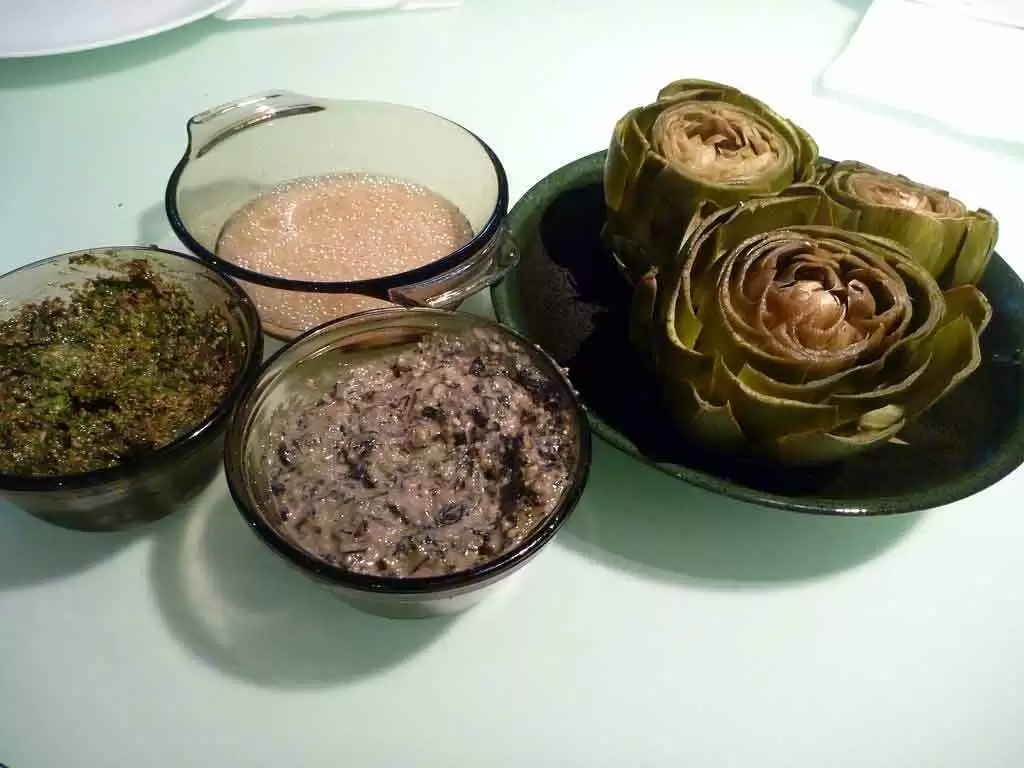
Celiac.com 10/24/2020 - Antioxidants, anthocyanins, phytochemicals, carotenoids, tocopherols, polyphenols, enzymes with antioxidant activity—do those food-related words sound a bit esoteric to you? Like maybe you need to be part of an enlightened inner-circle of scientists to understand what they mean? We’ve made eating rather complicated, haven’t we?
Forget the fancy words. If you focus on fresh whole foods, the semantics don’t really matter. Bringing healthy, nourishing food to the table is what is important, especially if you have an autoimmune disorder like celiac disease. But sometimes we get so focused on the individual nutrients and the complicated words that we forget about the big picture. The benefit of these individual ingredients might not be the same without consuming the whole food and letting them work their magic together. Autoimmune diseases are systemic in nature, so healthy nutrition is a vital piece of the wellness puzzle.
Celiac.com Sponsor (A12):
The Standard American Diet (SAD) is rather dreadful in many ways, so food-industry scientists have come up with substitutions for the real thing and clever ways to fortify processed foods. Nutrients are being added to packaged foods as a marketing tool. Food that is reengineered to come in a box isn’t natural, but to make it more appealing to the consumer, manufacturers add something special like vitamin D, fiber, iron, or omega-3s and boldly announce it on the package. Something to catch your eye and make you wonder if you can live without it.
While I’m not totally against boxed and fortified foods, it’s much better to limit your intake and stick with the real thing. That way you don’t get all the junk that often accompanies those food choices—additives, preservatives, chemicals, dyes, artificial flavors, and fillers that often contain gluten. Rather than a food product, enjoy the pleasure and health benefits of eating whole foods. And contrary to what it may sound like from my first couple of paragraphs, I’m actually quite fond of the science behind the food, but we don’t have to get neurotic about all the details, especially if we’re more thoughtful with our food choices to begin with.
Back to the complicated science terms and the first word of this article—antioxidants. What are antioxidants and why is it important for us to have plenty of them in our diets? Antioxidants are molecules, or substances in foods, that are protective to normal physiological functions in the human body. They slow or prevent oxidation, which is a chemical reaction that produces free radicals that cause cell damage. Foods high in antioxidants protect the body from oxidation and boost the immune system. Here’s where antioxidants are important to those of us with celiac disease, which is a disorder of the immune system. We want to enhance healthy immune function and reduce cell damage and inflammation. Foods rich in antioxidants help us do that. Selenium, lutein, lycopene, glutathione, beta-carotene, and the vitamins A, C, and E are all antioxidants.
Where do we find foods rich in antioxidants? According to a 2006 study published in the American Journal of Clinical Nutrition, researchers analyzed 1,113 food samples and identified the following 15 foods as having the highest antioxidant content per serving.
From number #1 to 15: blackberries, walnuts, strawberries, artichokes (prepared), cranberries, coffee, raspberries, pecans, blueberries, ground cloves, grape juice, dark chocolate, cranberry juice, cherries, and red wine.
The food groups with the highest overall antioxidant levels were spices and herbs, nuts and seeds, berries, fruits, and vegetables. In general, plants and plant products have much higher antioxidant levels than animal products, so add these foods to your shopping list and enjoy a daily dose of antioxidant protection!








Recommended Comments
Create an account or sign in to comment
You need to be a member in order to leave a comment
Create an account
Sign up for a new account in our community. It's easy!
Register a new accountSign in
Already have an account? Sign in here.
Sign In Now